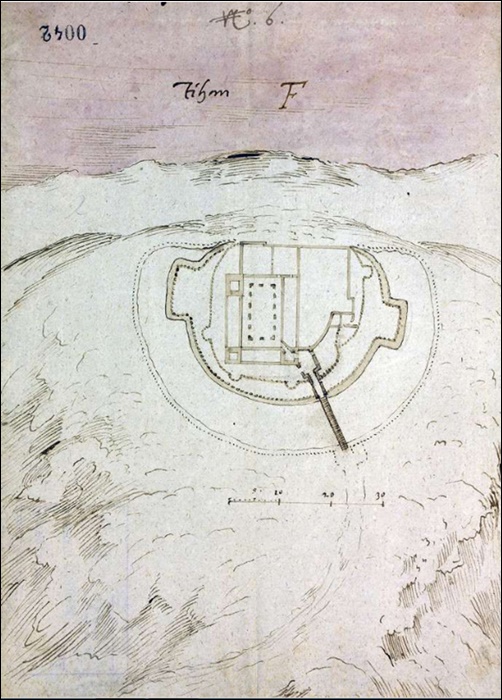 The Ottoman–Hungarian wars
The Ottoman–Hungarian wars
A 16. század közepétől a 17. század végéig tartó időszakban, amit általában csak a török kornak hívunk, az apátság élete is gyökeresen megváltozott. A szerzetesek elmenekültek, helyükre végvári katonák érkeztek, az apátságot megerődítették, és ez is része lett az ország még nem elfoglalt nyugati részét védő végvárrendszernek. Az altemplomot ekkor szénaraktárként használták, és minden bizonnyal ennek az időszaknak az emléke az a több száz, vasból, illetve ólomból készült puska- és pisztolygolyó, amelyek az ásatás során a templom földjéből előkerültek. Amennyiben hihetünk a 16-17. századi forrásoknak, amelyek szerint raktár volt itt, nem valószínű, hogy temetkeztek is volna ide.


The Ottoman–Hungarian wars
In the period from the mid-16th to the end of the 17th century, which is usually referred to as the Ottoman era, the life of the abbey changed radically. The monks fled the abbey, and they were replaced by soldiers, while the abbey was fortified and became part of the border fortress system protecting the unoccupied western part of the country. The crypt was then used as hay storage. The hundreds of iron and lead musket balls and pistol bullets recovered from the crypt's ground during the excavations are certainly a reminder of this period. If the sources from the 16th and 17th centuries are to be believed, which say that the crypt was turned into a storage room, it is unlikely that it was also used as a burial place.